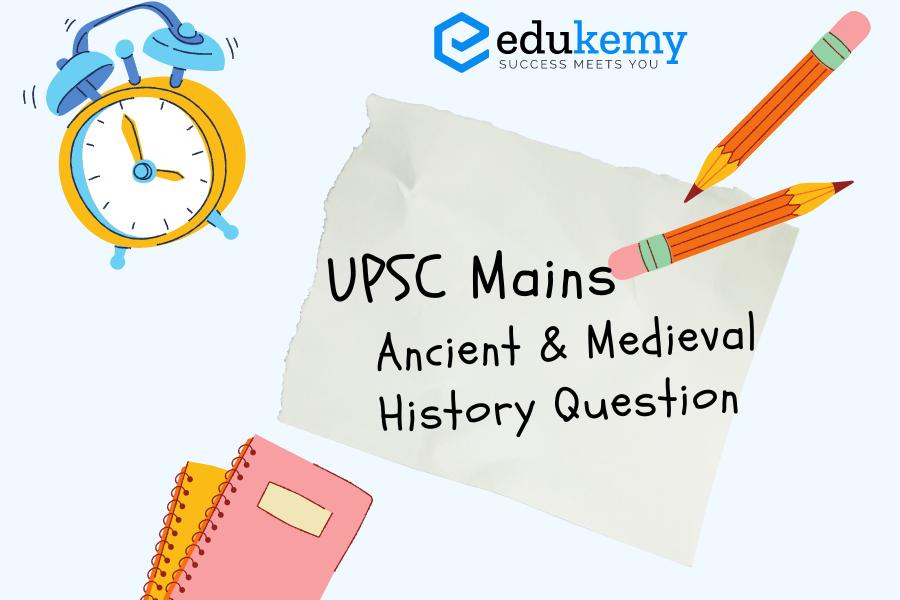
Contents
Introduction
The Third Battle of Panipat, occurring on January 14, 1761, between the Maratha Confederacy and the invading Durrani Empire, stands as a pivotal event in 18th-century Indian history. This battle, a turning point for the Maratha Empire, was fought at the zenith of its power.
Body:
The impact of the Third Battle of Panipat on the Maratha Empire:
Decisive Military Defeat:
- Ahmad Shah Durrani’s victory inflicted a severe military blow on the Marathas, resulting in the loss of an estimated 100,000 soldiers, including prominent leaders like Sadashivrao Bhau.
- This defeat significantly weakened the Maratha military strength.
Weakened Central Authority:
- The battle shattered the perception of invincibility surrounding the Maratha Empire, leading to a weakened central authority in Pune.
- Regional chieftains and nobles sought greater autonomy, contributing to internal challenges.
Territorial Losses:
- The Marathas lost control over extensive territories in northern India, including Delhi, Punjab, and parts of Rajasthan, impacting their economic strength.
- The loss of revenue-rich regions strained the Maratha Empire financially.
Sikh and Jat Uprisings:
- The Maratha defeat created a power vacuum, resulting in the rise of Sikh and Jat uprisings in the Punjab and northern regions.
- These uprisings further destabilized the northwestern frontier.
End of Maratha Expansion:
- The Third Battle of Panipat marked the conclusion of Maratha expansionism, forcing them to focus on consolidating existing territories.

Shaping Indian History in the 18th Century:
Return of Regional Powers:
- The Maratha defeat led to the resurgence of regional powers like Sikhs, Rajputs, and Jats, contributing to the political diversity of 18th-century India.
Rise of British Influence:
- The decline of the Maratha Empire created a power vacuum that the British East India Company exploited.
- British influence expanded, especially after the Battle of Buxar in 1764.
Impact on Future Conflicts:
- The memory of the Third Battle of Panipat served as a cautionary tale for Indian powers, influencing strategies in subsequent conflicts, including the Indian Rebellion of 1857.
Reassessment of Maratha Strategy:
- The defeat prompted a reassessment of Maratha military and political strategies, fostering a more cautious approach.
- This strategic shift had implications for Maratha’s relations with other Indian powers and foreign colonizers.
Conclusion:
The Third Battle of Panipat had a profound impact on the Maratha Empire, shaping the trajectory of 18th-century Indian history. It not only weakened the Marathas militarily and territorially but also paved the way for the rise of regional powers and increased British influence. The lessons learned from Panipat influenced subsequent conflicts and strategies, making it a crucial event in the complex tapestry of India’s historical narrative.
In case you still have your doubts, contact us on 9811333901.
For UPSC Prelims Resources, Click here
For Daily Updates and Study Material:
Join our Telegram Channel – Edukemy for IAS
- 1. Learn through Videos – here
- 2. Be Exam Ready by Practicing Daily MCQs – here
- 3. Daily Newsletter – Get all your Current Affairs Covered – here
- 4. Mains Answer Writing Practice – here

